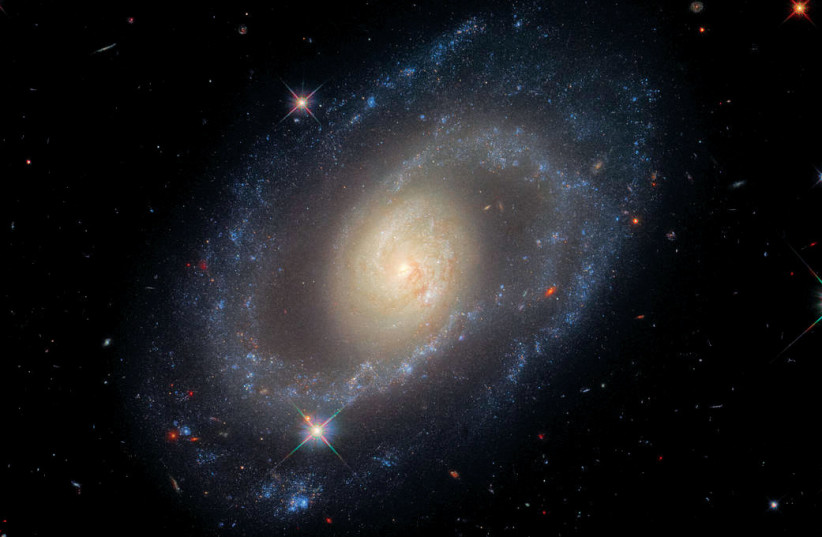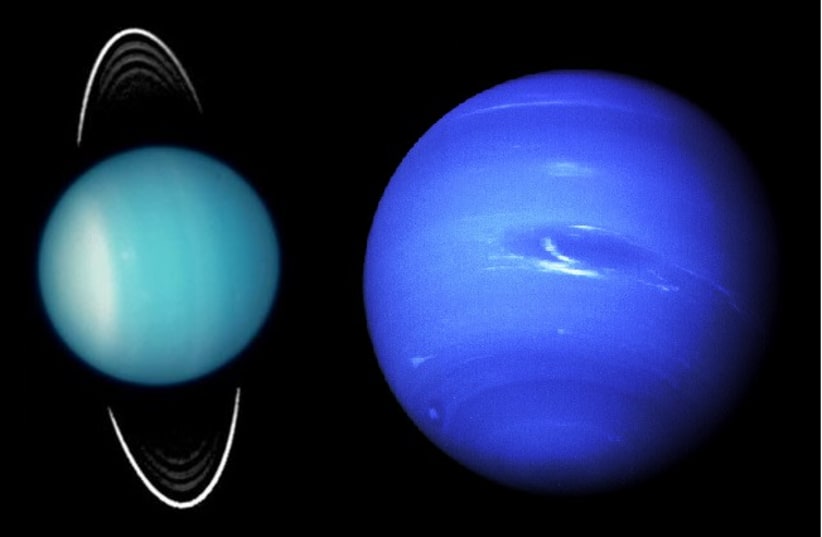NASA’s James Webb Space Telescope has captured the clearest view of Neptune’s rings in over 30 years, allowing the planet to be seen in a new light.
The new image shows seven of Neptune’s 14 known moons and provides a very clear view of the planet's rings, some of which have not been seen since 1989 when NASA’s Voyager 2 flew by Neptune and observed it for the first time.
“It has been three decades since we last saw these faint, dusty rings, and this is the first time we’ve seen them in the infrared,” says Neptune system expert and interdisciplinary scientist for Webb Heidi Hammel.
Because of its unique qualities, Neptune has always spiked the fascination of researchers.
Discovered in 1846, Neptune is located 30 times farther from the Sun than Earth, orbiting in the remote region of the outer solar system. At such a distance, the Sun is so small that midday on Neptune is similar to a dim evening on Earth.


What discoveries were made from the Webb image?
The chemical makeup of Neptune’s interior characterizes it as an ice giant. Compared to Saturn and Jupiter, which are gas giants, Neptune has more elements that are heavier than hydrogen and helium. This is shown in Hubble Space Telescope images, one of many observations that have recorded methane-ice clouds and their evolving features over the years, as Neptune’s blue appearance at various wavelengths is caused by small amounts of gaseous methane.
But Neptune does not appear blue to Webb.
“In fact, the methane gas so strongly absorbs red and infrared light that the planet is quite dark at these near-infrared wavelengths, except where high-altitude clouds are present,” writes Laura Betz. “Such methane-ice clouds are prominent as bright streaks and spots, which reflect sunlight before it is absorbed by methane gas.”
Furthermore, scientists recognized a thin, bright line around the planet's equator.
“A thin line of brightness circling the planet’s equator could be a visual signature of global atmospheric circulation that powers Neptune’s winds and storms,” she writes. “The atmosphere descends and warms at the equator, and thus glows at infrared wavelengths more than the surrounding, cooler gases.”
Webb also revealed seven of Neptune’s 14 known moons, including its largest and brightest moon Triton.
“Covered in a frozen sheen of condensed nitrogen, Triton reflects an average of 70% of the sunlight that hits it. It far outshines Neptune in this image because the planet’s atmosphere is darkened by methane absorption at these near-infrared wavelengths,” writes Betz.
